Bass Players To Know: Lloyd Trotman
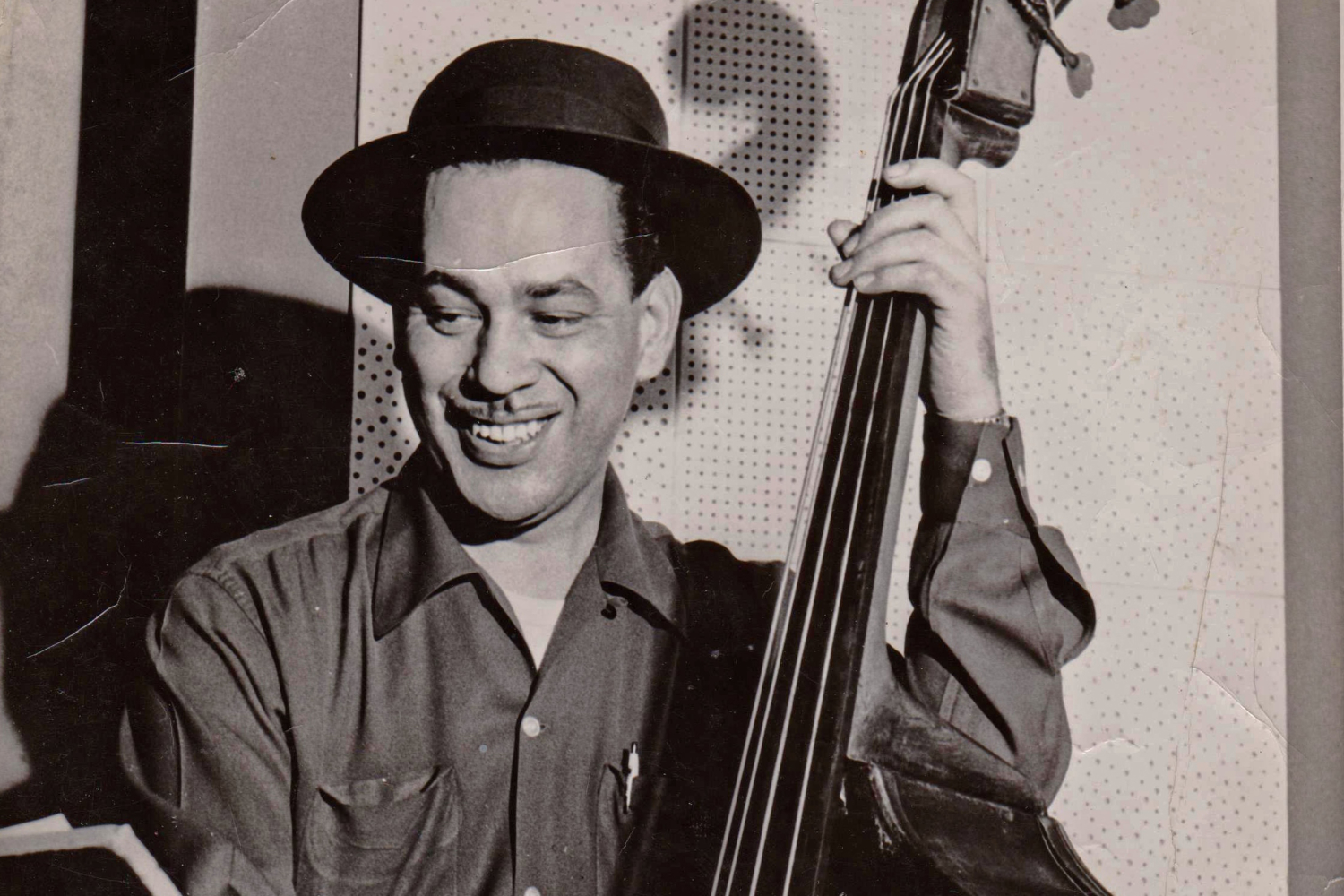
As a soul music enthusiast, one of the greatest assets to my record collection has been the Atlantic Rhythm And Blues 1947-1974 compilation. It documents the early years of popular American music, the rise of the R&B genre, and the classic recordings that continue to show up in film, television, and radio. The musical selections are accompanied by a chronological guide satisfying the “who played what” curiosities across sessions in New York, Philadelphia, Memphis, and Muscle Shoals. While scanning the list of bass credits, I continually stumbled upon the name Lloyd Trotman, a well versed upright player who took a simple approach to appease the song, the producer, and the new musical cannon. Known for playing the bass line to Ben E. King’s “Stand By Me,” as well as hits by Ray Charles, The Drifters, LaVerne Baker, and Big Joe Turner, Trotman is our latest Bass Player To Know.
So Who Is Lloyd Trotman?
Trotman was born in 1923 in Boston, Massachusetts and grew up in a musical household. His father ran a music school and introduced Lloyd to reading and playing the piano, though he quickly became intrigued by the upright bass. After joining the school orchestra to play upright, he began studying jazz and decided to move to New York City in the 1940s. He found himself steeped in the jazz scene and performed with Duke Ellington, Billie Holiday, Johnny Hodges, and many others. Thanks to a diverse repertoire, knowledge of different rhythmic styles, and excellent reading ability, he was an ideal session musician; he managed to have a successful recording career throughout the 1950s and 60s. Producers including Jerry Wexler and Ahmet Ertegun considered him one of the first call session players for Atlantic Records; he can be heard on recordings by Ray Charles, Big Joe Turner, LaVerne Baker, The Coasters, The Drifters, and countless others. He remained active in the jazz scene, recording with King Curtis, Don Wilkerson, and Red Allen, and performing around New York. Trotman passed away in 2007 in Long Island at the age of 84.
Let’s Talk Style
If you tend to gravitate toward early R&B recordings and the meat-and-potatoes bass playing on these classic records, then you’ve probably heard Trotman’s playing. The grooves are simple, the patterns are distinctive, and the music is seeping with the soul of people in a room, playing a tune in one take. There’s no messing around… well, unless you’re playing Ray Charles’ “Mess Around.” The records are orchestrated as much as they are produced thanks to complex vocal harmonies, string sections, and intriguing percussion parts. The role of the bass player is to bridge the gap between the orchestrated parts, the a capella nature of soda shop doo-wop, and what we consider the quintessential rock and roll band (guitars, bass, and drums). Trotman succeeds as an accompanist, recognizing the importance of committing to part and acting as a perfectly greased cog in the wheel of the song. In doing so, he helped solidify the bass lines and patterns that continue to show up in blues, soul, R&B, jazz, and pop. While they may seem like simple arpeggios, they are inspired by latin rhythms and dixieland jazz; they function as the building blocks for both the rhythm and harmony of the song. He plays with masterful tone, intonation, and resonance–another indication of his eloquence as a player and his accountability as a session musician.
Where Can I Hear Him?
“Stand By Me” (Ben E. King: Atlantic Rhythm And Blues 1947-1974)
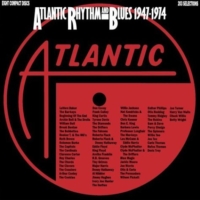 With its sparse and ever-crescendoing production, this song manages to capture the beauty and naivety of King’s heartfelt plea. Trotman’s bassline is perhaps one of the most iconic in American music of this era thanks to its simplicity, repetitiveness, and tone. It’s engaging enough to carry the song from the moment the needle hits the record until the strings and vocals fade, gracefully outlining the chord progression with a few perfectly diatonic passing tones.
With its sparse and ever-crescendoing production, this song manages to capture the beauty and naivety of King’s heartfelt plea. Trotman’s bassline is perhaps one of the most iconic in American music of this era thanks to its simplicity, repetitiveness, and tone. It’s engaging enough to carry the song from the moment the needle hits the record until the strings and vocals fade, gracefully outlining the chord progression with a few perfectly diatonic passing tones.
Listen: iTunes | Amazon MP3
“Mess Around” (Ray Charles: Atlantic Rhythm And Blues 1947-1974)
 There is an inherent amount of difficulty when it comes to playing bass alongside a pianist with as much personality, talent, and soul as Ray Charles. Trotman manages to stay in the pocket and appropriately accompanies Charles’ left hand with a simple boogie woogie pattern. He plays up the arpeggio, digging in with quarter notes to the 1-3-5-6 of each chord; he then turns around at the octave and plays the pattern 8-6-5-3 to descend back to the root or to lead to the four chord.
There is an inherent amount of difficulty when it comes to playing bass alongside a pianist with as much personality, talent, and soul as Ray Charles. Trotman manages to stay in the pocket and appropriately accompanies Charles’ left hand with a simple boogie woogie pattern. He plays up the arpeggio, digging in with quarter notes to the 1-3-5-6 of each chord; he then turns around at the octave and plays the pattern 8-6-5-3 to descend back to the root or to lead to the four chord.
Listen: iTunes | Amazon MP3
“Play It Fair” (LaVerne Baker: Atlantic Rhythm And Blues 1947-1974)
 This tune is another great example of early R&B production, a simple arpeggiating pattern, and how the bass interacts with accompanying parts. The bass line is mimicked by the baritone vocal during the verses, essentially adding more body and providing a “band” feel to what would otherwise be an a capella performance. Trotman also accompanies the triplet feel of the vocal hook, even though the drums fall out of the track, and then returns to the classic 1-3-5-3-5 doo-wop pattern.
This tune is another great example of early R&B production, a simple arpeggiating pattern, and how the bass interacts with accompanying parts. The bass line is mimicked by the baritone vocal during the verses, essentially adding more body and providing a “band” feel to what would otherwise be an a capella performance. Trotman also accompanies the triplet feel of the vocal hook, even though the drums fall out of the track, and then returns to the classic 1-3-5-3-5 doo-wop pattern.
Listen: iTunes | Amazon MP3
How about you? What’s your favorite tune or album with Lloyd Trotman? Please share with us in the comments.
Ryan Madora is a professional bass player, author, and educator living in Nashville, TN. In addition to touring and session work, she teaches private lessons and masterclasses to students of all levels. Visit her website to learn more!

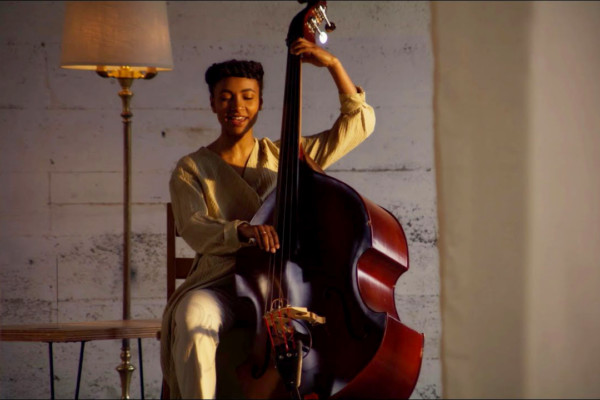
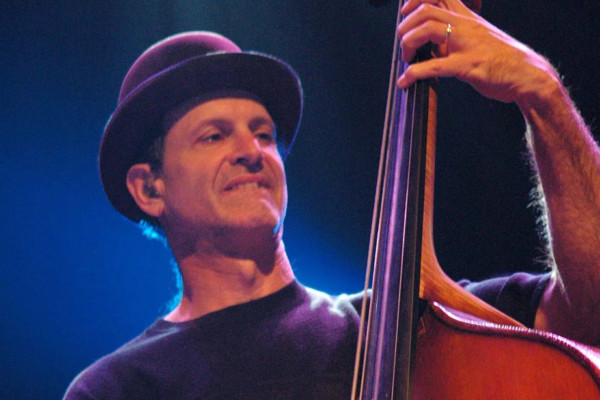
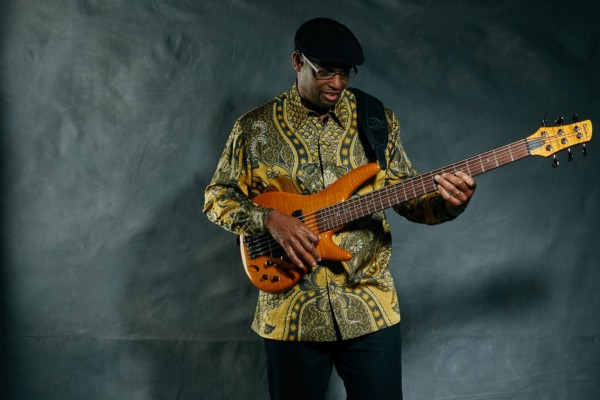
Lloyd Trotman had a huge hit in Jamaica in the early ’60s with Trotting In. It is one of the seminal pieces of US rhythm & blues that influenced the development of Jamaican music, ska in particular. As with many tunes used by the sound systems, to protect the exclusively of the imported musical finds that they used to gain an edge over competing sound systems, it was called H Bomb by the system operator who first used it. The name stuck and the tune is referred to as H Bomb to this day by older Jamaican music lovers.